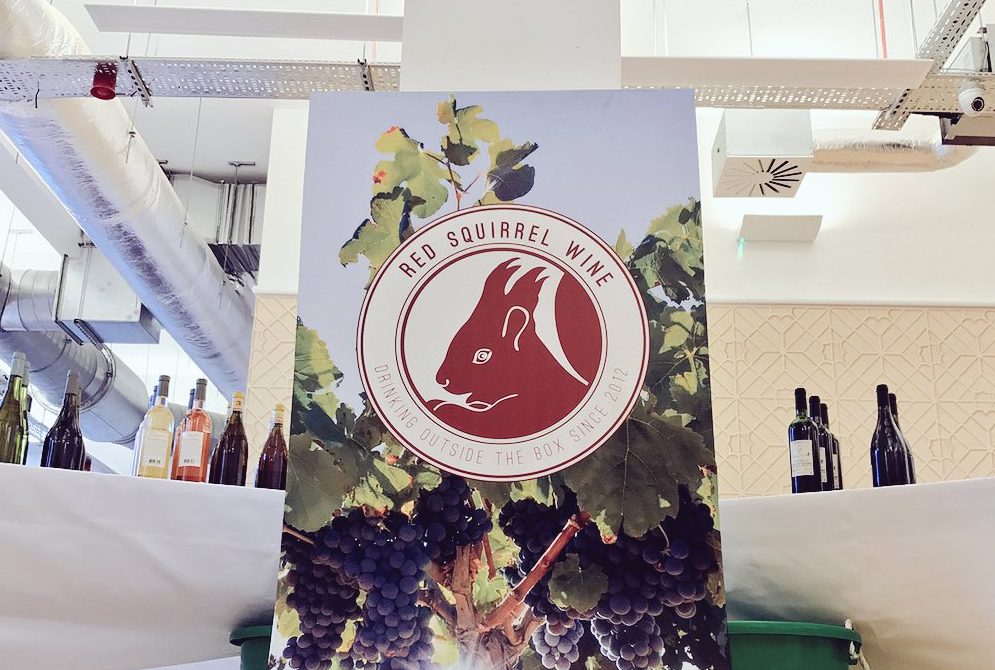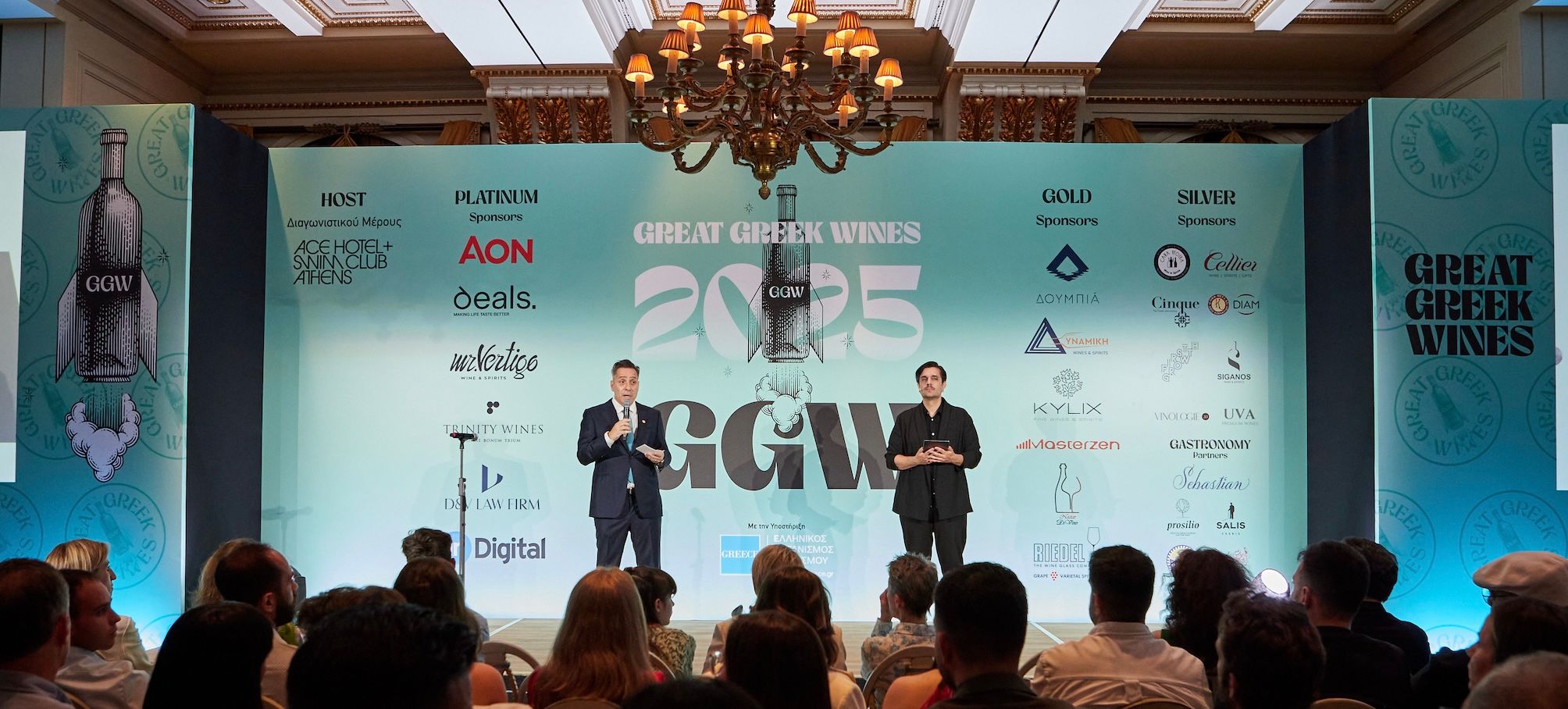Introducing.. a rare Puglian grape grown in Australia, a Muscadelle from Bordeaux, a range of grapes that are impossible to pronounce from Turkey and a Sauvignon Blanc from Canada that is unlike anything you’ve ever tried.
It would be a stretch to suggest that attending tastings is hard work, but frankly, it can be daunting.
You arrive after a sweaty journey on public transport, say your hellos to the nice PR people at the door, pick up your glass and catalogue and only then realise the vast room in front of you contains, what, 300 wines? 250? Where should you start? What route should you take? Reds first, or whites? How long should you spend here? Actually, do you really want to be here at all?
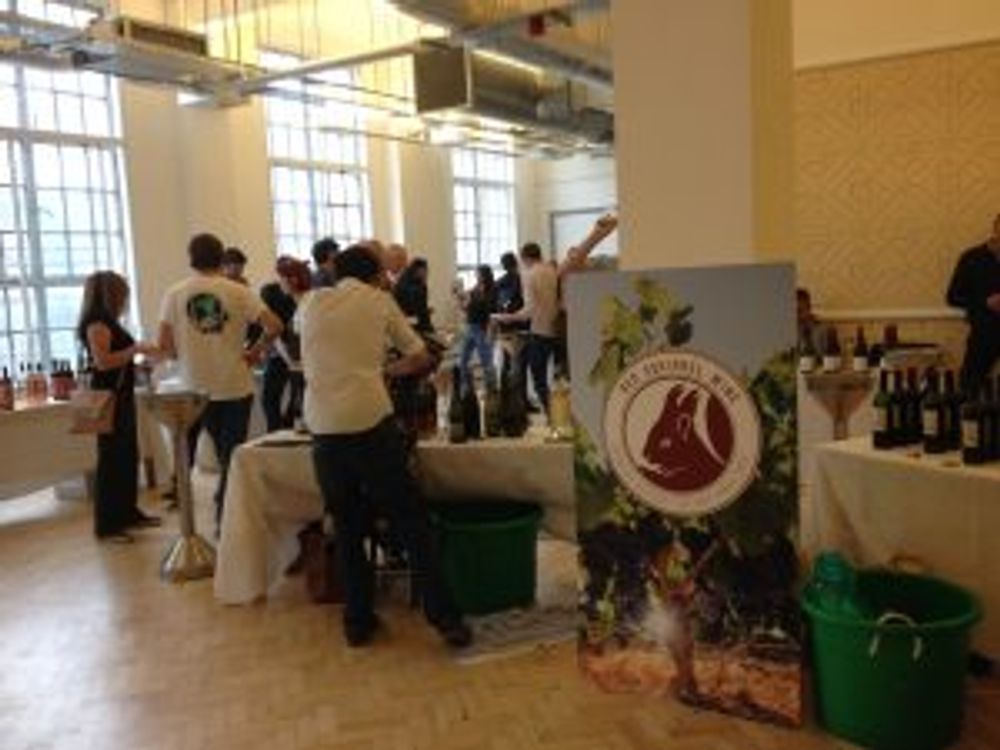
To avoid existential angst it is important to have a plan, and I usually do. But for those without one, last week’s Red Squirrel tasting was a joy.
As its name suggests, Red Squirrel specialises in rare and unusual wines, those generally overlooked by the mainstream. And it has a great range, with wines from almost extinct varieties in the Azores, from rare, almost unpronounceable varieties in Turkey, rare single varietals from Bordeaux, Australian wines made from non-mainstream Italian varieties – well the list goes on.
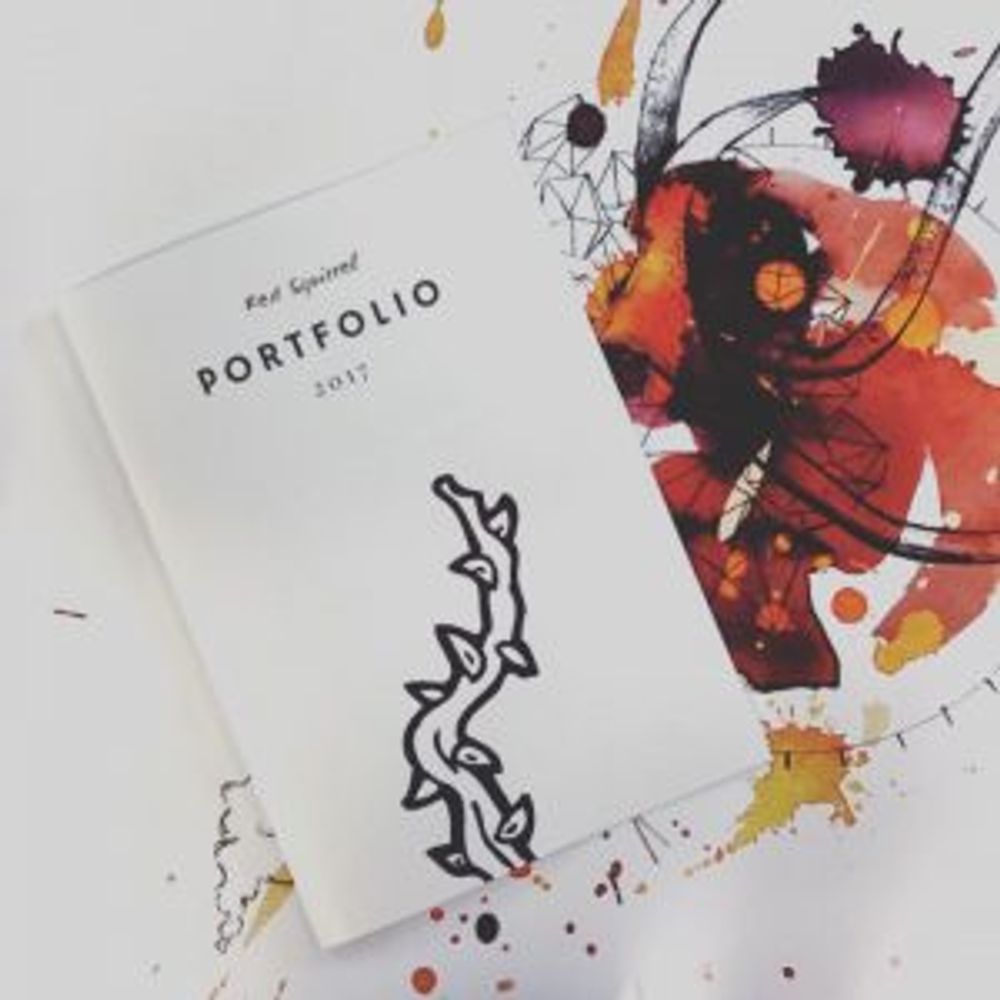
The daunting news was that there were 197 wines to taste, all of them, I’m sure, pretty damn good in their own way. But the good news was that Red Squirrel in its wisdom had set up various tasting trails to guide you through them. I opted to follow the Rare Grapes trail – and found some very good wines indeed.
So what were my highlights?

The Vinterloper range
All three of Red Squirrel’s Australian producers are great, with both Vinteloper (South Australia) and Dal Zotto (Victoria) at the cutting age of the new wave sweeping through the industry right now, headed by iconoclasts not afraid to do things differently, and dedicated to make low(ish) alcohol wines, very different from the blockbusters that first put this country on the international wine map.
For me though, Bellwether‘s wines – founded just a few years ago in Coonawarra by Sue Bell, who was then voted Australian Winemaker of the Year in 2014 – take some beating, combining old classics (a delicious and well-structured 2010 Coonawarra Cabernet Sauvignon) with new styles, including the moreish Ant Series Vermintino 2015. Key wine? It would have to be the unusual, linear Ant Series Bianco d’Alessano (£26 rrp), made from a rare, hard-to-work-with thick skinned variety seldom seen outside its native Puglia.

Canadian wine is all the rage recently with climate change and growing awareness of this vast country’s wine making potential, ensuring that wines from Ontario and British Columbia are increasingly available through both the off and on-trade.
I had tried the wines of Okanagan Crush Pad before and, to be honest, had been a bit non-plussed but this time around the penny dropped: this unusual producer, which makes natural wines from organic grapes with minimal intervention in concrete tanks, is well worth seeking out.
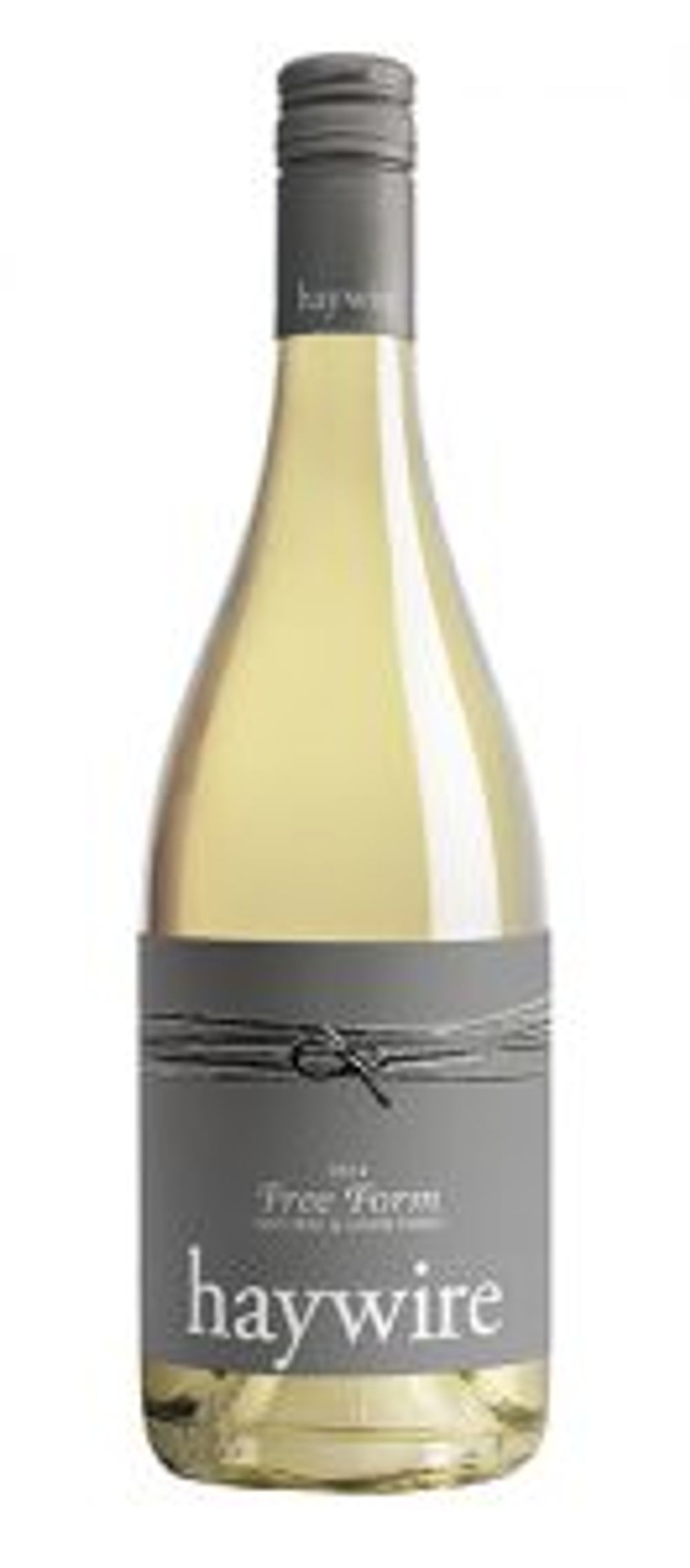
A range of their wines including the Narrative Ancient Method Chardonnay, White Label Gamay and Canyonview Pinot Noir all showed well but the key wines was the unusual, seductively unfiltered Haywire Free Form White (£42). This is Sauvignon Blanc like you’ve never tried.
One doesn’t normally automatically associate Bordeaux with innovation – tradition would be more like it – but Chateau de Bel in Bourrelet de Palu seems designed to challenge your assumptions. If bearded winemaker Olivier Cazenave looks like a radical poet that’s no accident: before he got into wine his passion was poetry and literature.
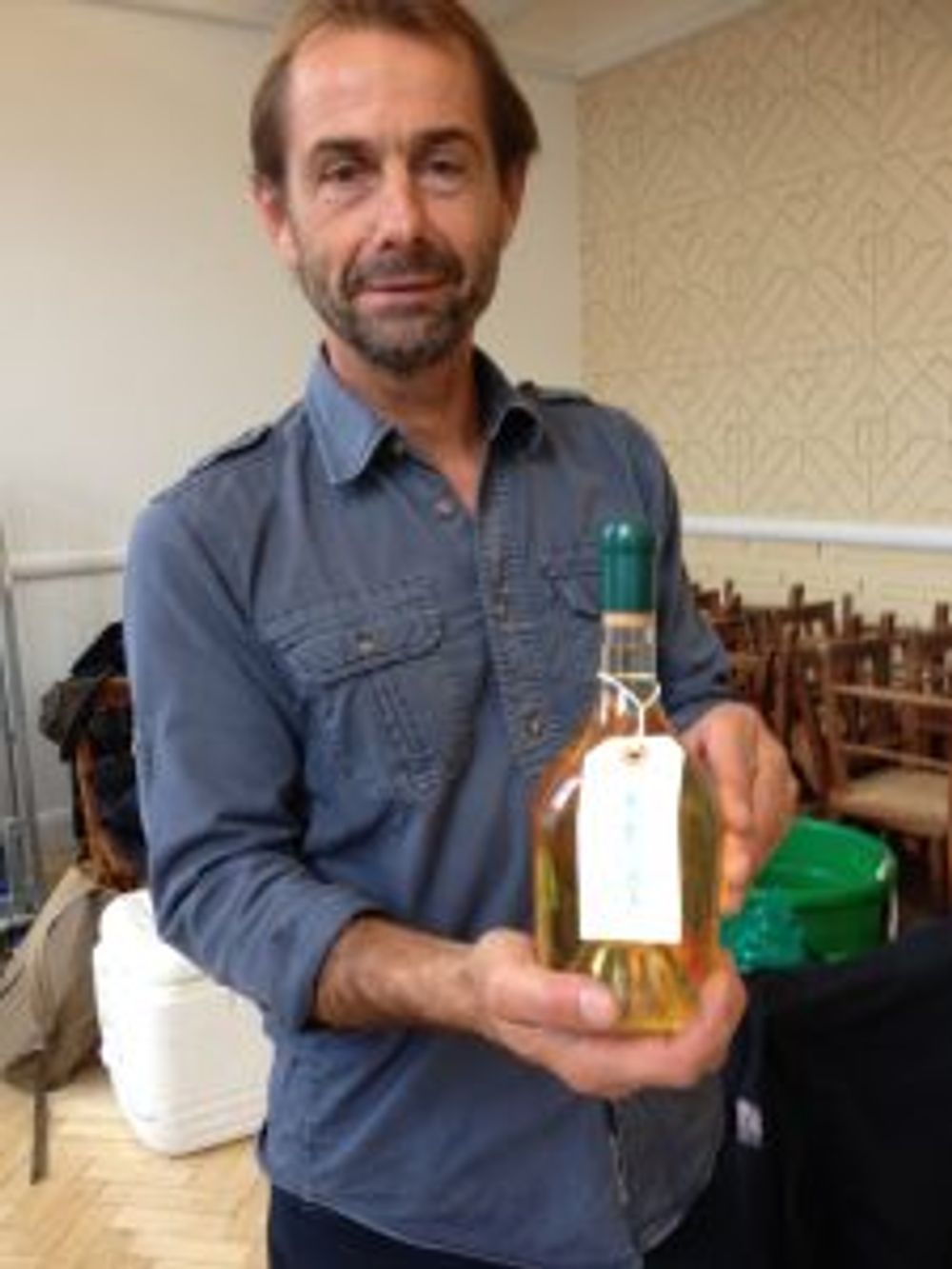
Pure poetry: Olivier Cazenave and his Bel en Blanc
Today his 100% biodynamic winery makes a range of truly impressive wines, all highly expressive of the new Bordeaux including a delicious 100% Cabernet Franc, Franc de Bel? Key wine? That would be the Bel en Blanc (£29) a deliciously rounded but well-structured and honeyed white wine made from the fast disappearing Muscadelle variety. Olivier stressed that this is made to be a gastronomic wine to go with the rich country food of the region, but it tasted pretty damn good to me just standing there in the middle of the tasting room, sans repas.
Turkey’s facing some pretty challenging times right now with international observers rightly concerned at President Erdogan’s increasingly autocratic behaviour and curbs on freedom of speech, but its wines have never been better.
Seyit Karagozoglu, owner of Pasaeli Wines, works six indigenous varieties in his Thrace vineyard including white Yapincak (a grape more often used for making brandy or eaten, but which in his hands develops into accessible and fresh low alcohol wines – around 11.5% – that are perfect for summer drinking); Kolorko (a freckled variety that all but died out in the 1970s because it is a ‘difficult’ grape; Karagozoglu got some cuttings and replanted it, and remains the only winemaker who works with it) and Papaskarasi – which translates as “black of the priest”. Karagozoglu was only showing three of his wines and the clear winner for me was the Yapincak 2016, a deliciously different, slightly saline single vineyard wine made from vines that are over 45 years old. A bargain at just £17 a bottle.

Rare and quite wonderful: the unique terrain and wines of the Azores
A visit to the historic, UNESCO-protected island of Pico in the Azores was one of my travel highlights last year, and seeing how wine is still produced in such tiny amounts in volcanic rock currais was remarkable.
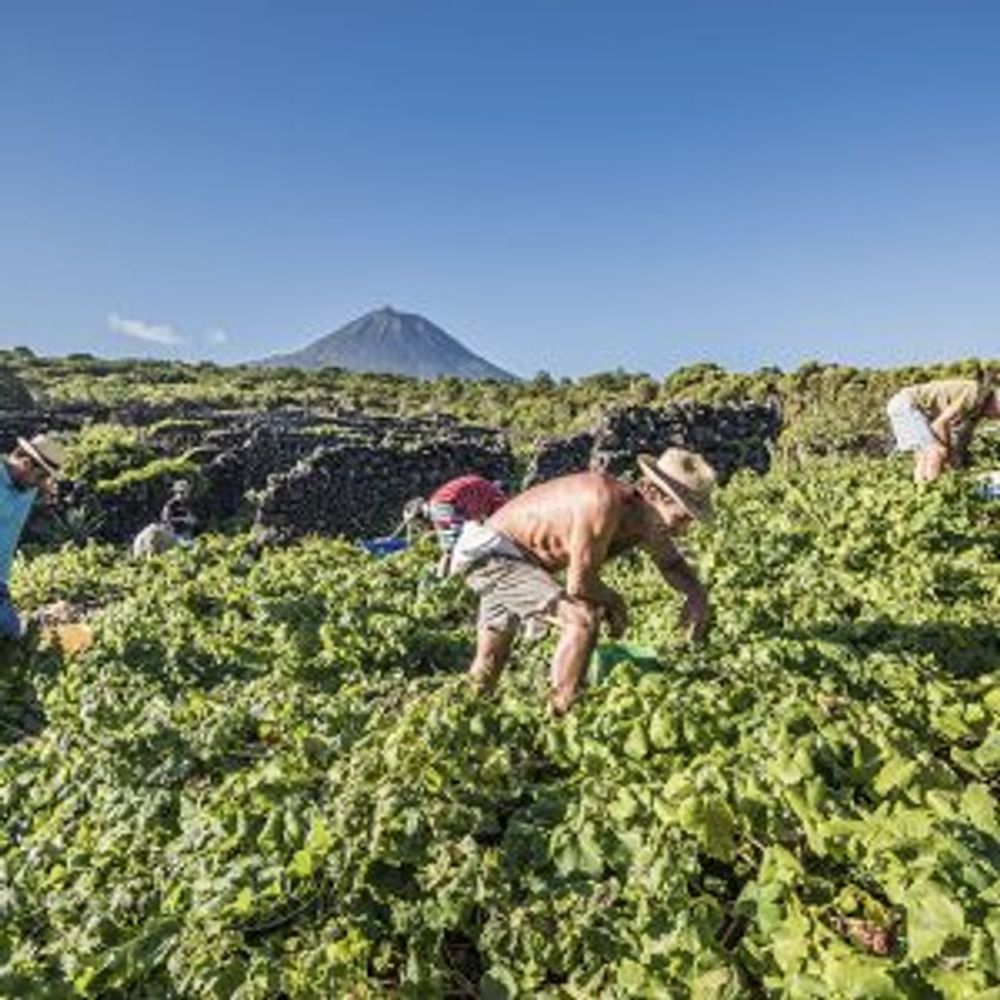
The Azores Wine Company working the volcanic soil
One of the pioneers of this is Antonio Macanita who set up the Azores Wine Company a few years ago to make wines from near extinct white local varieties including Arinto dos Acores and the saline, silky Terrantaz do Pico.
Although Macanita has had well-deserved international acclaim for his project – and has planted more vines, including some for the much sought after Terrantez do Pico – volumes are still tiny. Which makes this wine rarer than a red squirrel in the UK. Just 300 bottles of Terrantez were made in 2015 – a difficult year – whilst last year, the vintage on show here, just 993 bottles were produced, which explains the high price of £60 a bottle. This is a wine you really must try as is, for very different reasons, the red Isabella a Proibida (£29) made from the hardy Isabella variety imported after pylloxera wiped out these once highly productive vineyards in the mid nineteenth century.
France and other countries still outlaw winemakers from making wine using these and other disease-resistant varieties on the grounds of their “foxy” taste (it does, I admit, taste a little like slightly off blackberry juice) but Macanita is unrepentant, saying the grape is part of the Azores heritage. He has a point: tasting this wine, like the others he produces, is like tasting history.
